Spray Foam vs Fiberglass Insulation: Side-By-Side Comparison
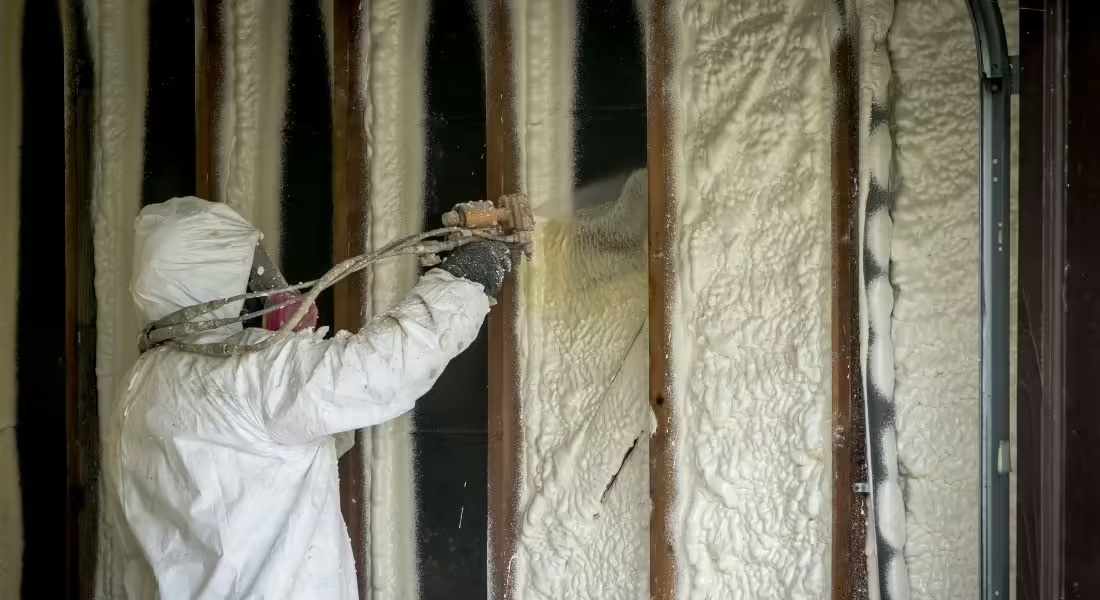
Spray foam and fiberglass are two of the most common types of materials used for home insulation. Fiberglass insulation consists of plastic filaments mixed with glass and spun into fibers. Spray foam, on the other hand, contains polyol resin and isocyanate to create an effective insulator that expands when the two chemicals mix. To determine which option is best for your property, you’ll need to consider the different factors of your unique situation and needs. To decide between these two popular insulation options for your home, consider this side-by-side comparison of spray foam vs fiberglass insulation.
R-value
The R-value of insulation refers to a material’s resistance to heat flow based on the results of various test conditions. Essentially, the higher a material’s R-value is, the more effective it will be as an insulator. Closed-cell spray foam has an R-value of roughly 6.5 per inch while open-cell spray foam has an R-value of 3.5 per inch. The R-value of fiberglass is significantly lower at around 2.2 per inch. In addition, fiberglass insulation loses R-value over time while spray foam insulation maintains its effectiveness.
Cost
Spray foam insulation is considerably more expensive than fiberglass insulation. In some cases, the price of spray foam insulation can exceed that of fiberglass by three times over. As such, fiberglass is often the insulation material of choice for those searching for an inexpensive insulation solution.
Life expectancy
Spray foam and fiberglass are long-lasting forms of insulation. Spray foam can last over 80 years because it doesn’t break down easily. The lifespan of fiberglass insulation is similarly impressive with the potential to last up to 100 years. However, if fiberglass becomes exposed to a substantial amount of moisture or human interference breaks it, it will significantly lessen its lifespan.
Application
Professionals apply spray foam to an area by spraying a blend of polyol resin and isocyanate into walls, ceilings, and other hard-to-reach areas. After spraying the foam, it expands to effectively insulate an area by filling small crevices and creating an air- and moisture-tight seal. This process requires complex equipment, which is why only a professional should perform it.
The installation process of fiberglass is significantly less complicated than spray foam insulation. Typically, you can purchase fiberglass in pre-cut batts or rolls and then place it in walls. While you don’t need to be a professional to install fiberglass insulation, it’s best to employ an expert to complete the process. It’s easy to make mistakes, and you don’t want to sacrifice the insulation’s effectiveness. In addition, fiberglass can be dangerous if inhaled and can irritate the skin upon contact. As such, many suggest professional applications.
If you’re in search of fiberglass or spray foam insulation in Chicago, Paragon Protection can help. As the most trusted insulation contractor in Chicagoland, you can count on us to provide quality, lasting insulation solutions to your property. For more information regarding our services, contact us today.

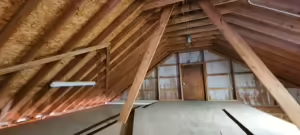
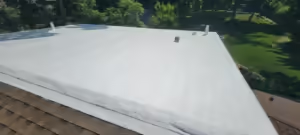
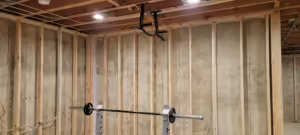
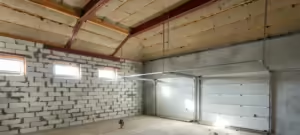

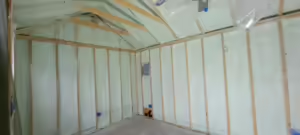
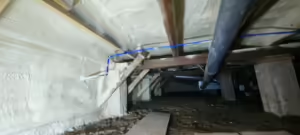
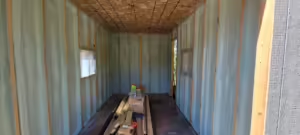
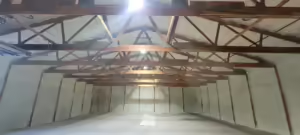
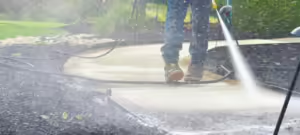
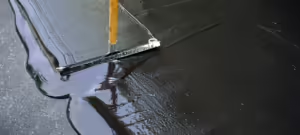
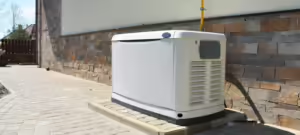
 Professional Insulation Services
Professional Insulation Services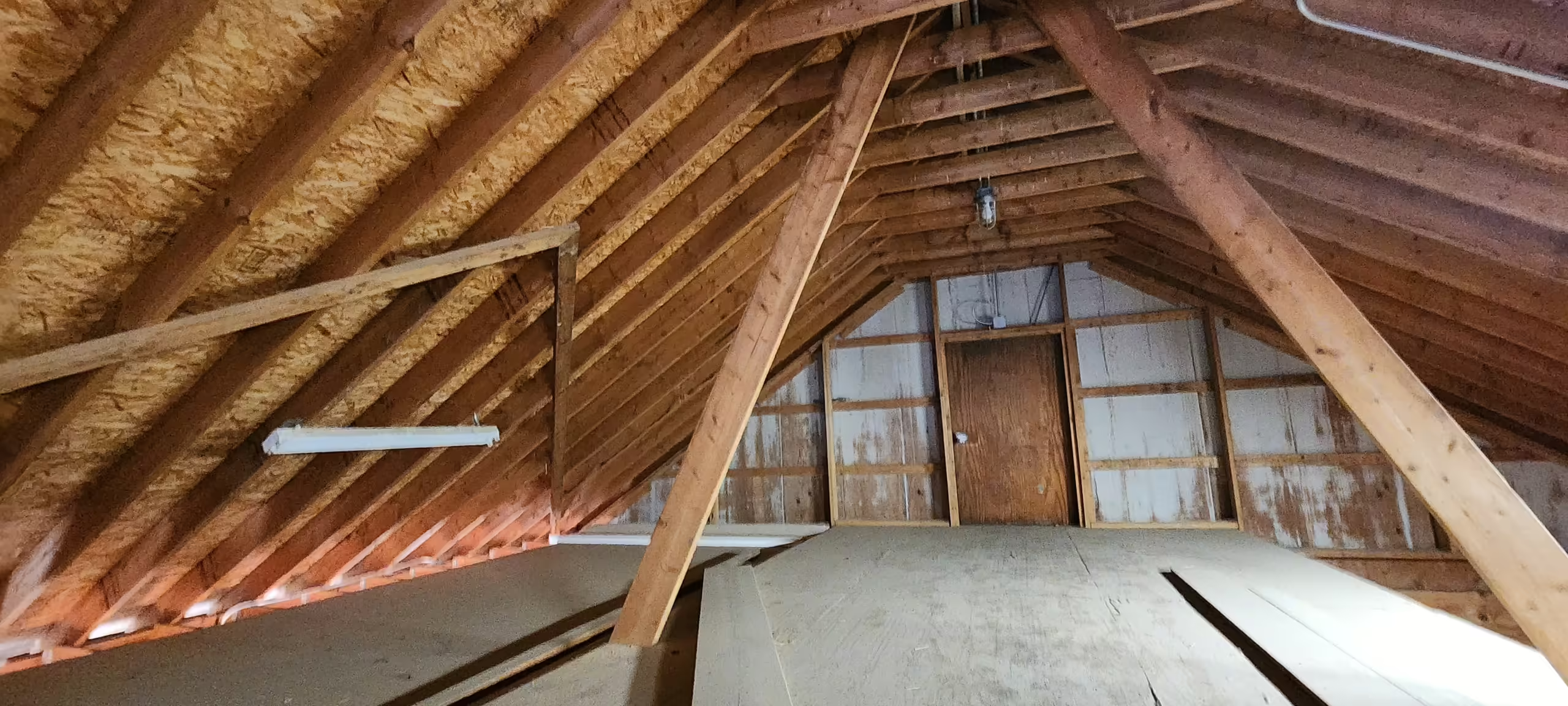 Attic Insulation Services
Attic Insulation Services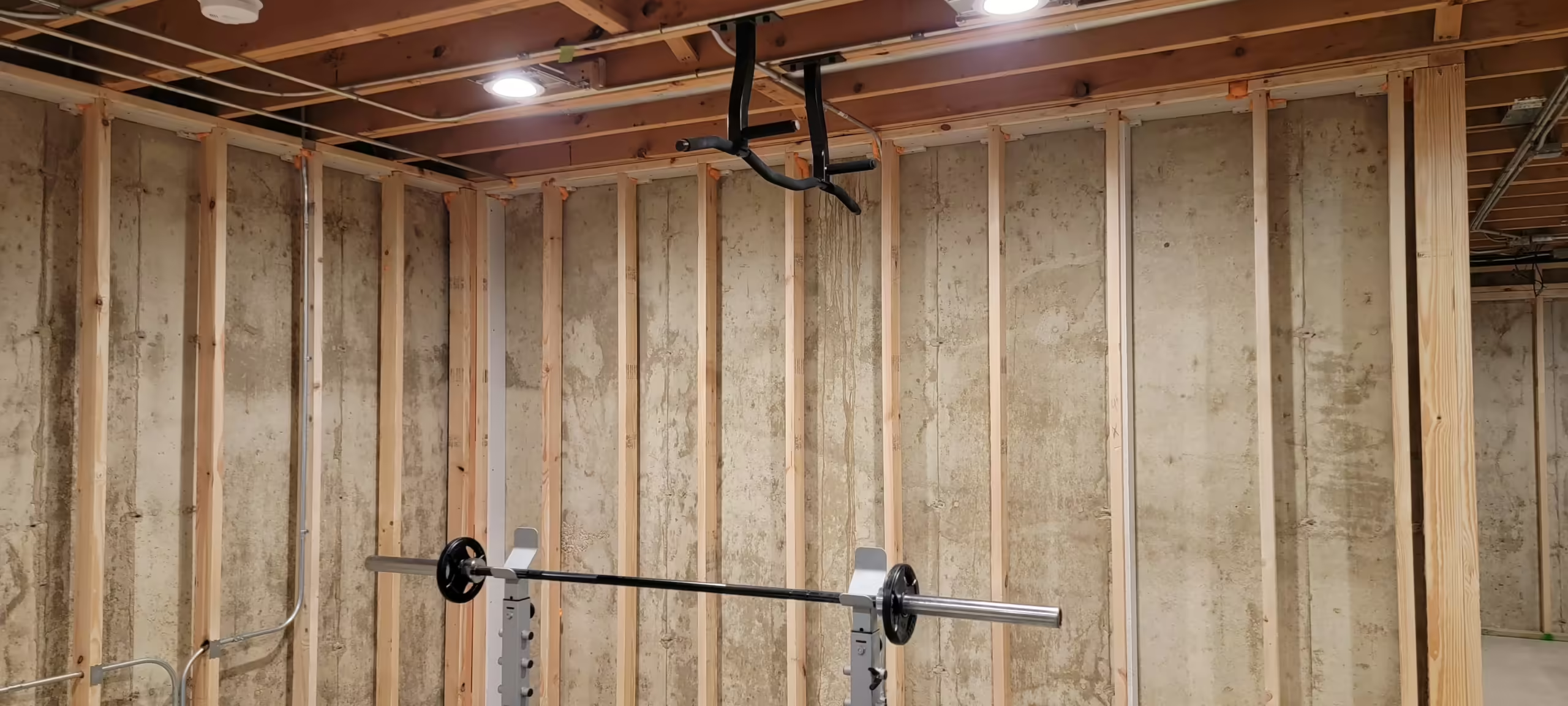 Basement Insulation
Basement Insulation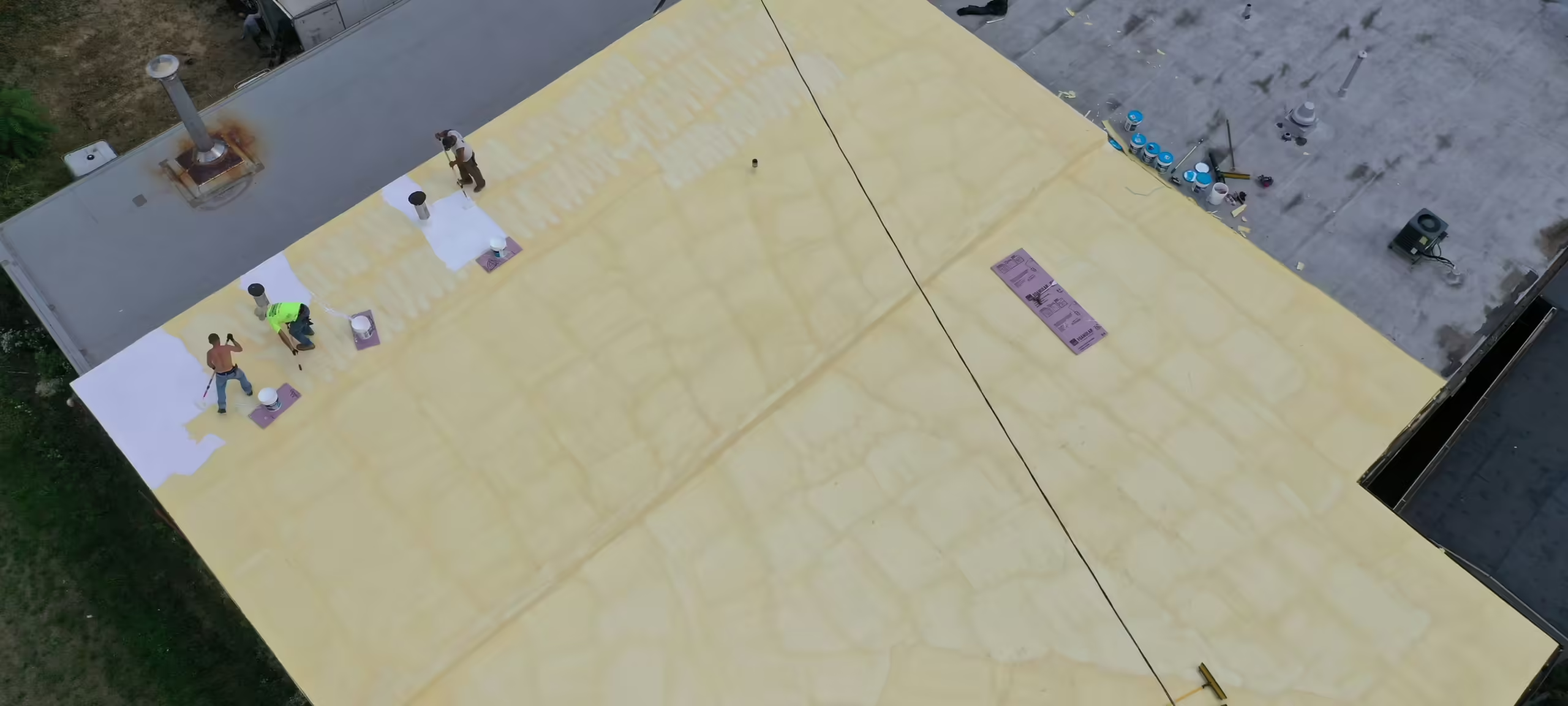 Commercial Insulation
Commercial Insulation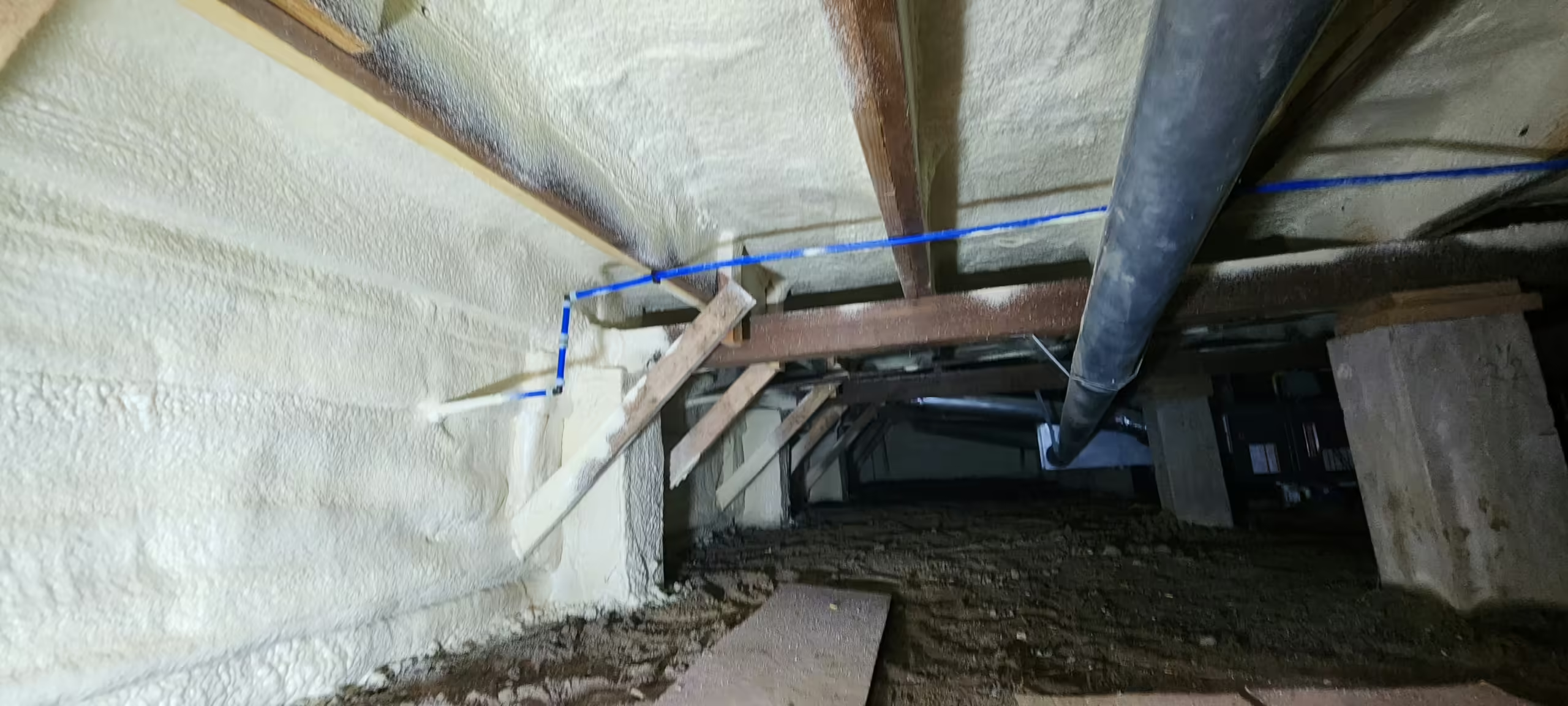 Crawl Space Insulation
Crawl Space Insulation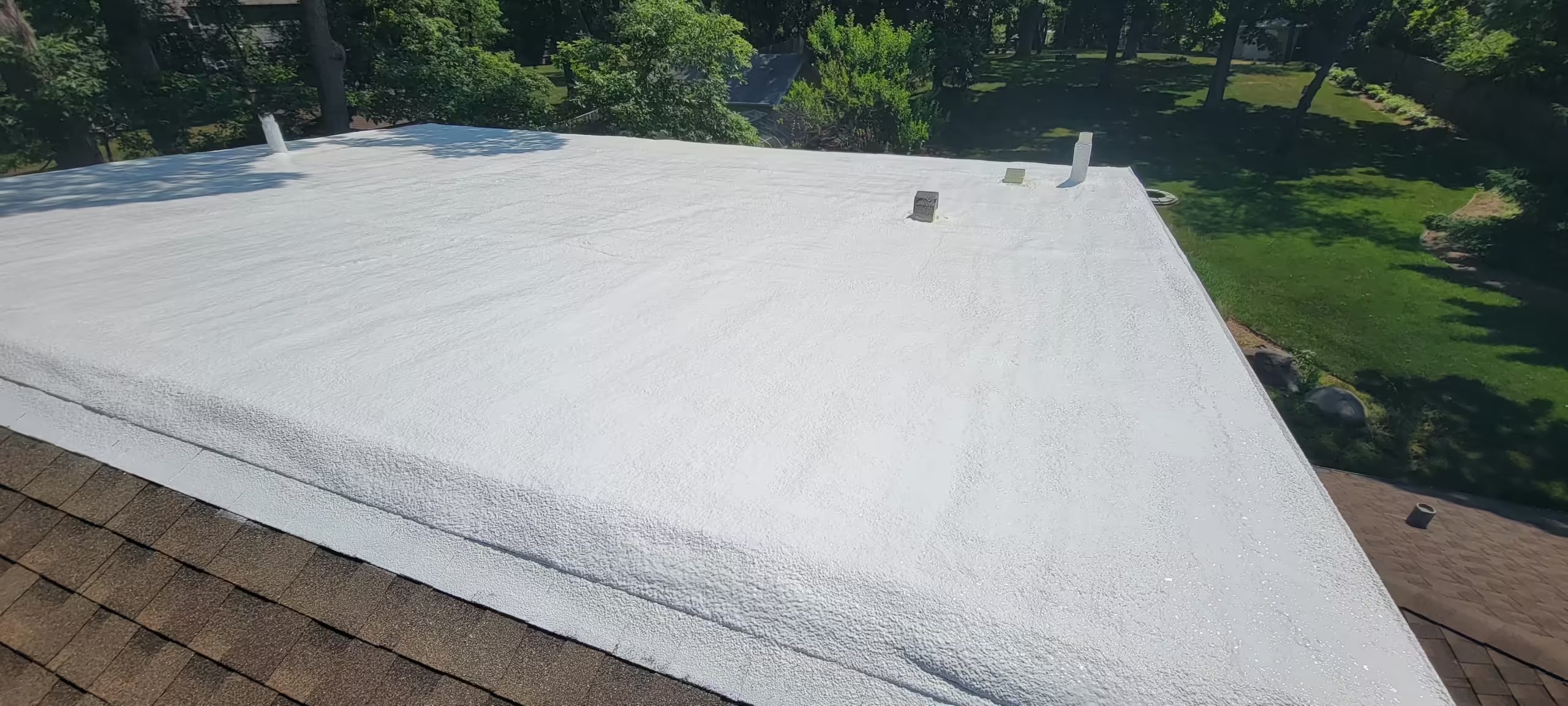 Exterior Wall Insulation
Exterior Wall Insulation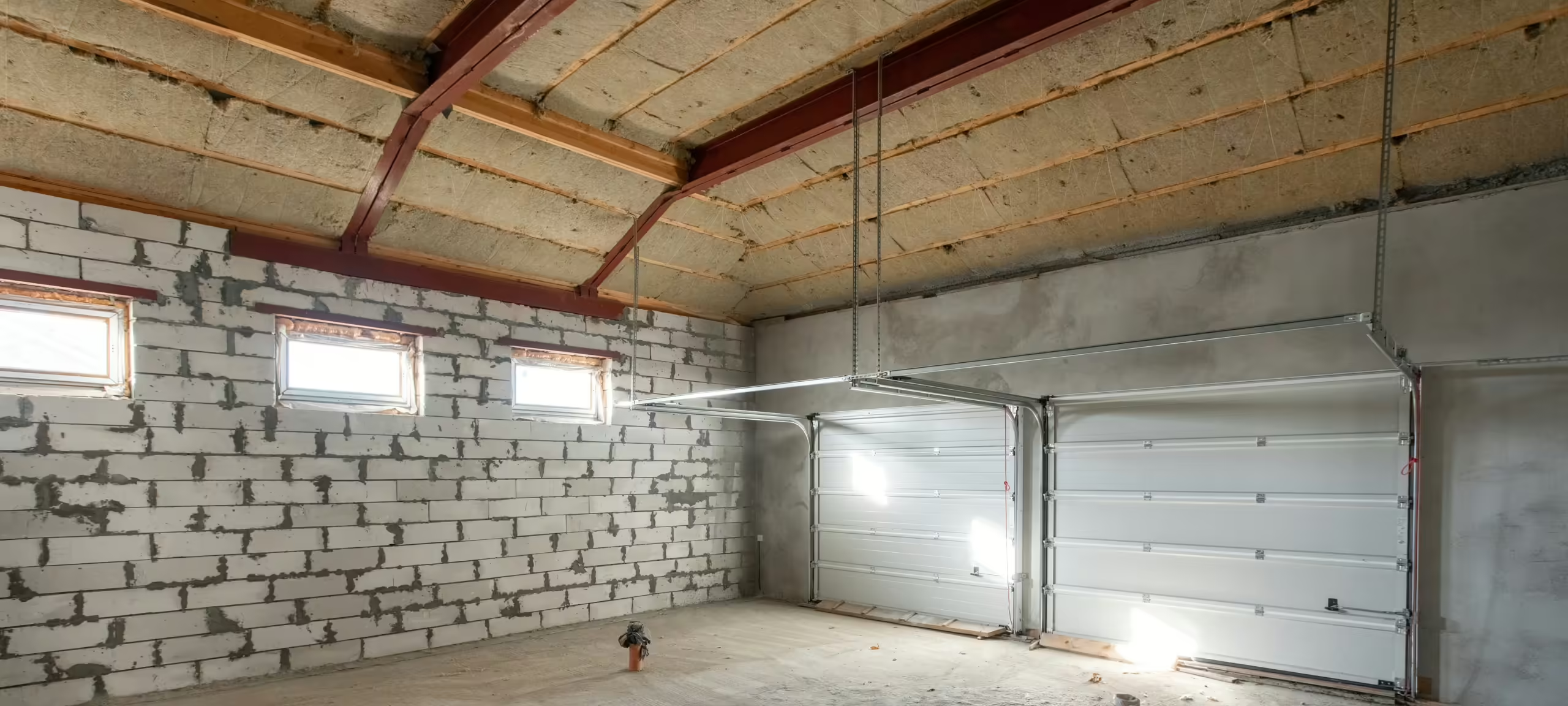 Garage Insulation
Garage Insulation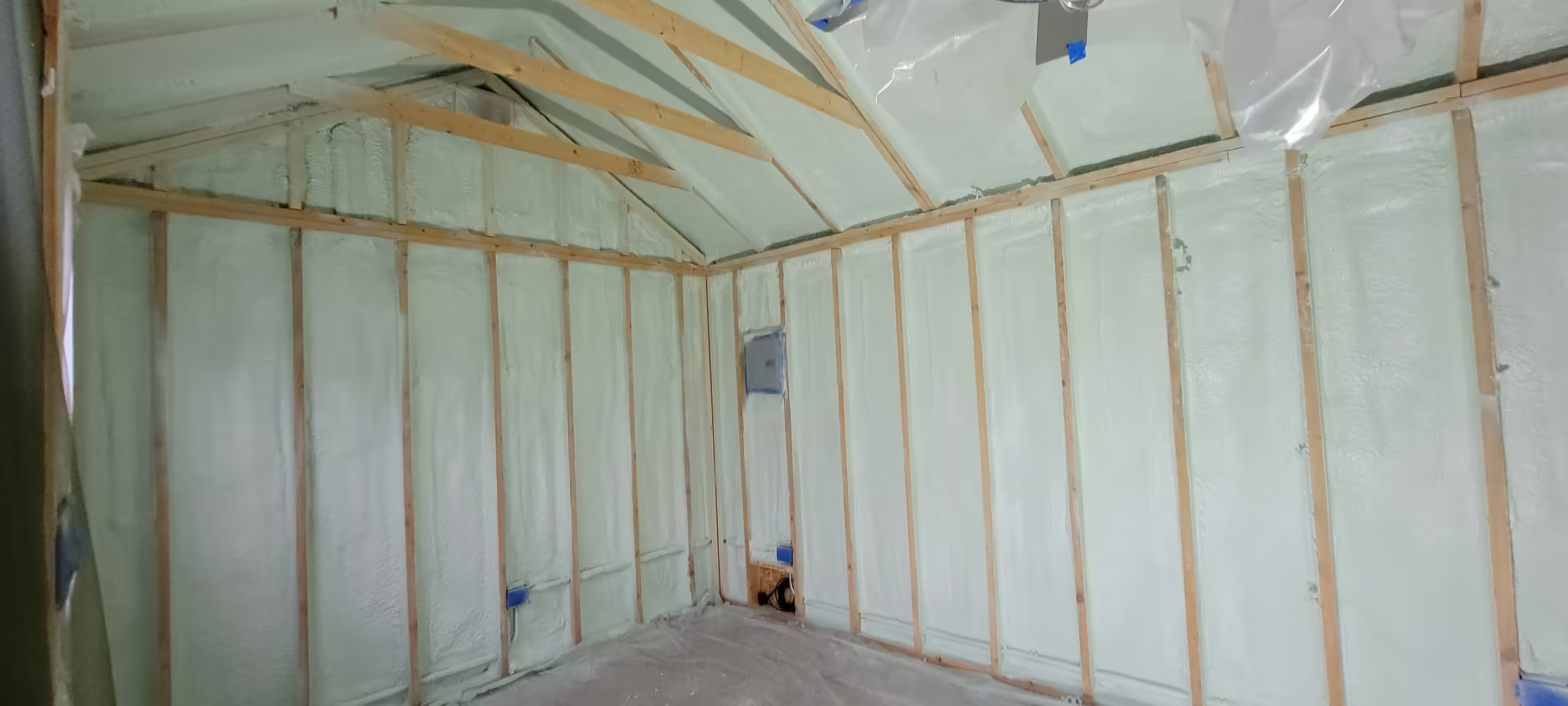 Interior Wall Insulation
Interior Wall Insulation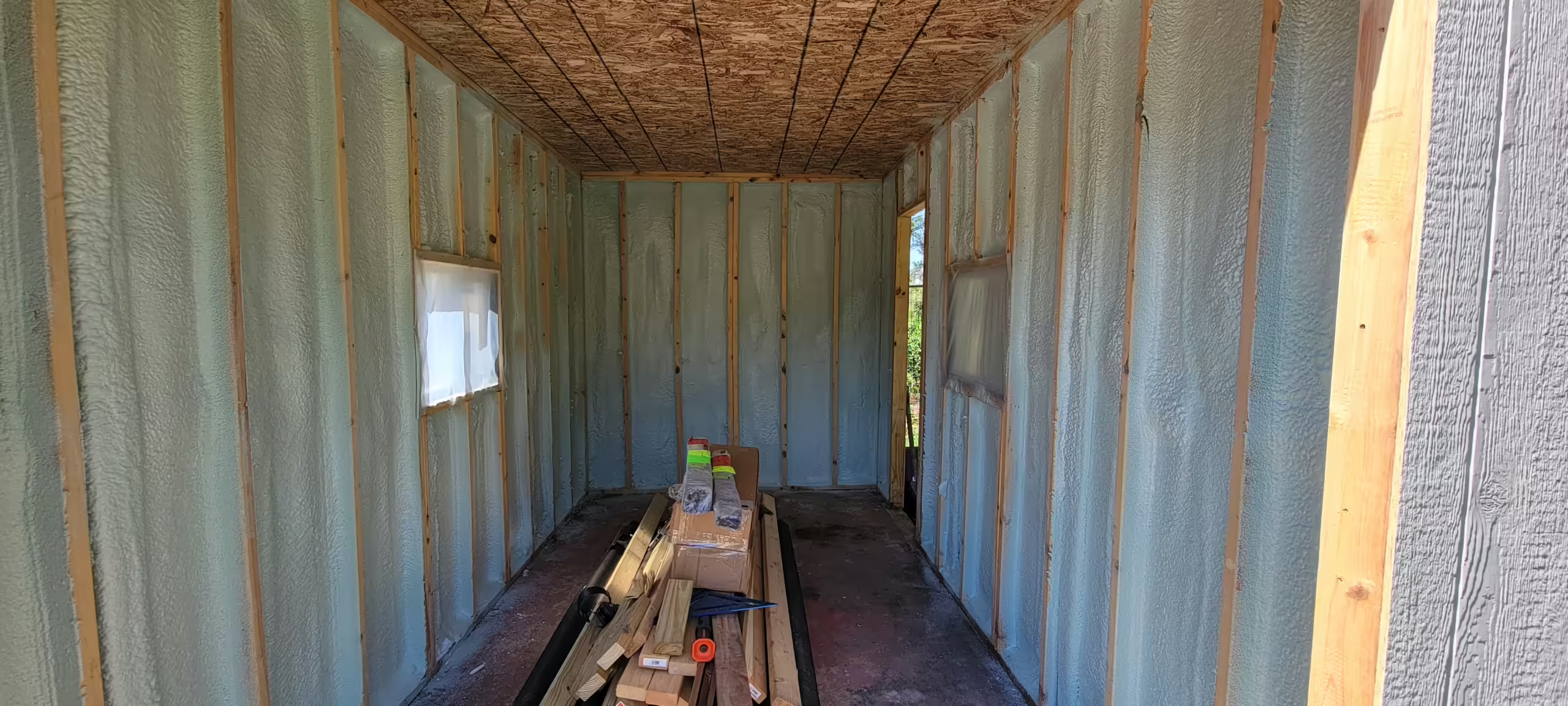 Shed Insulation
Shed Insulation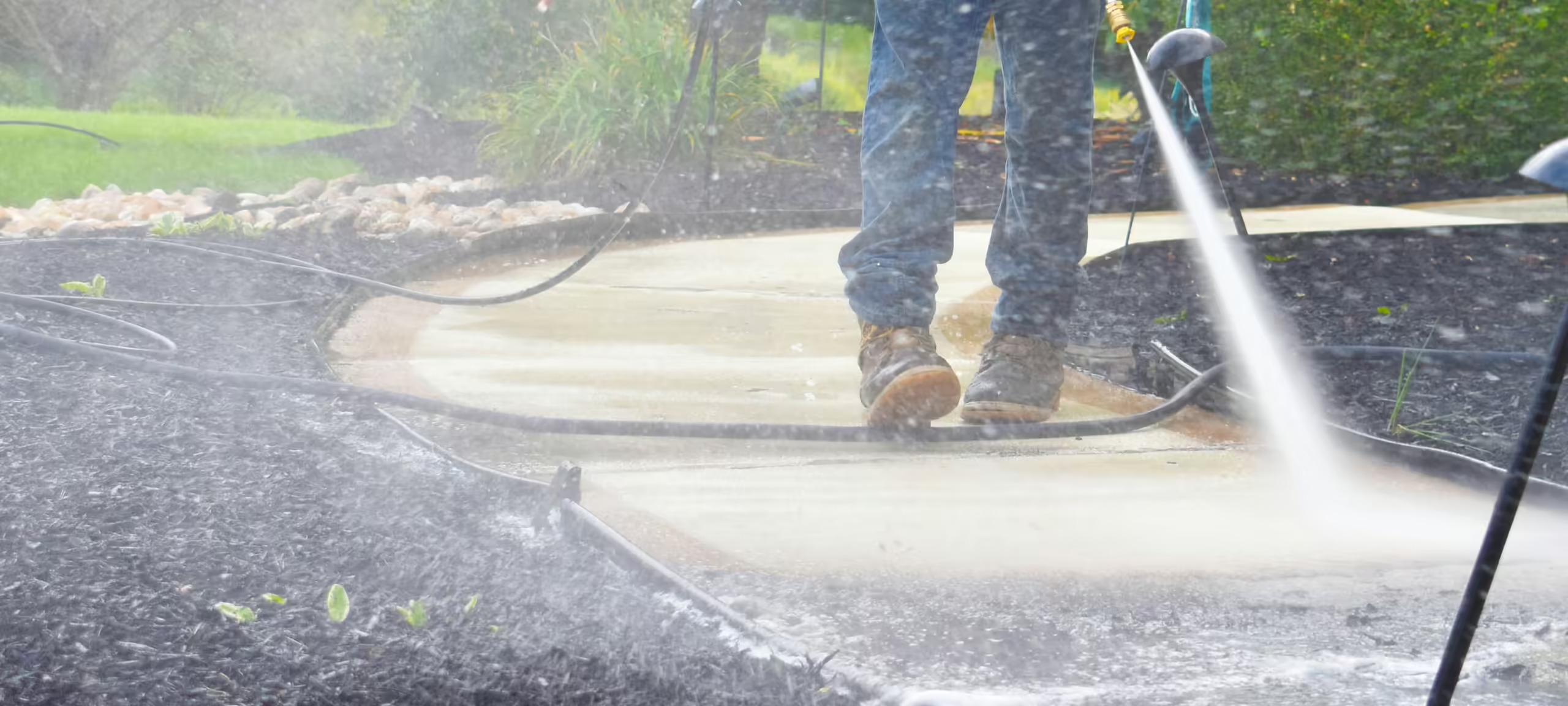 Power Washing
Power Washing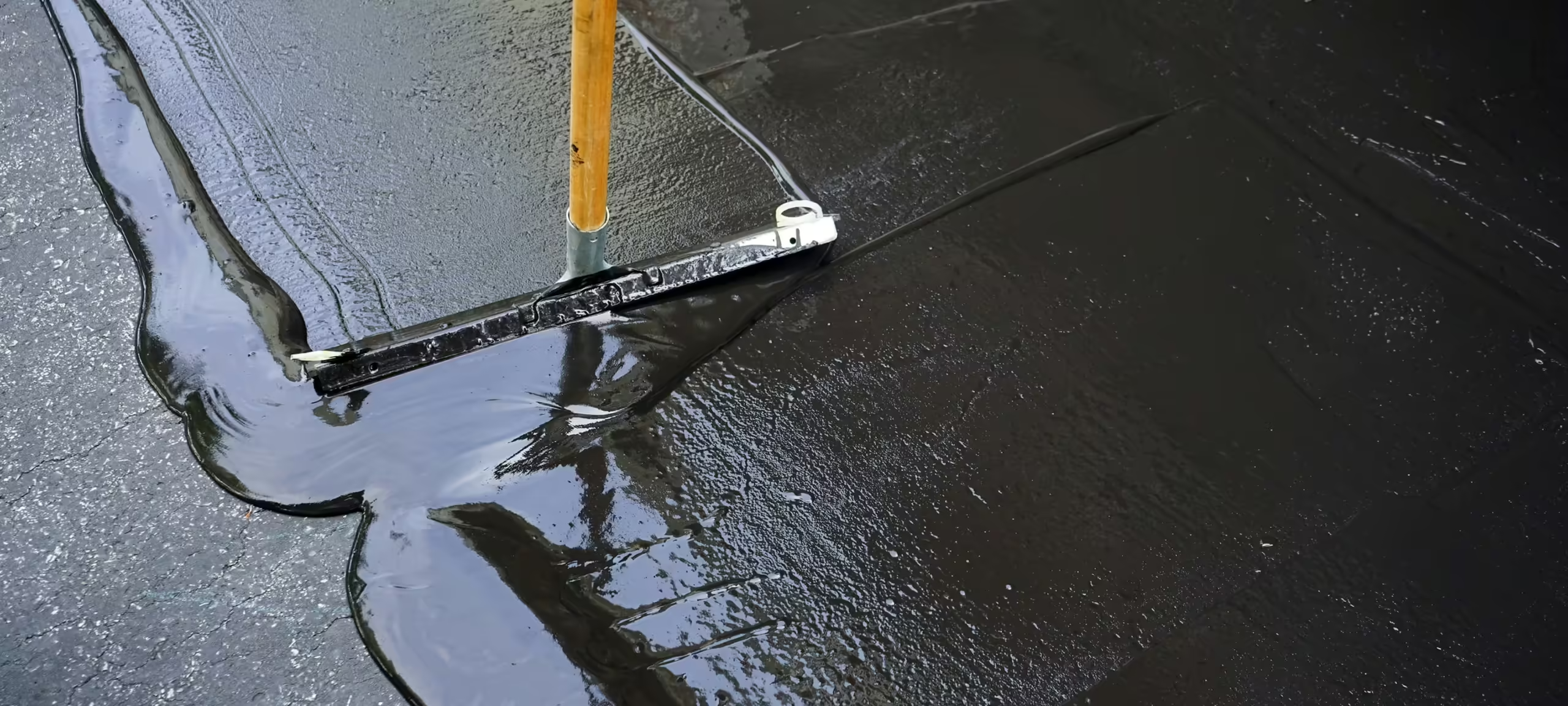 Sealcoating
Sealcoating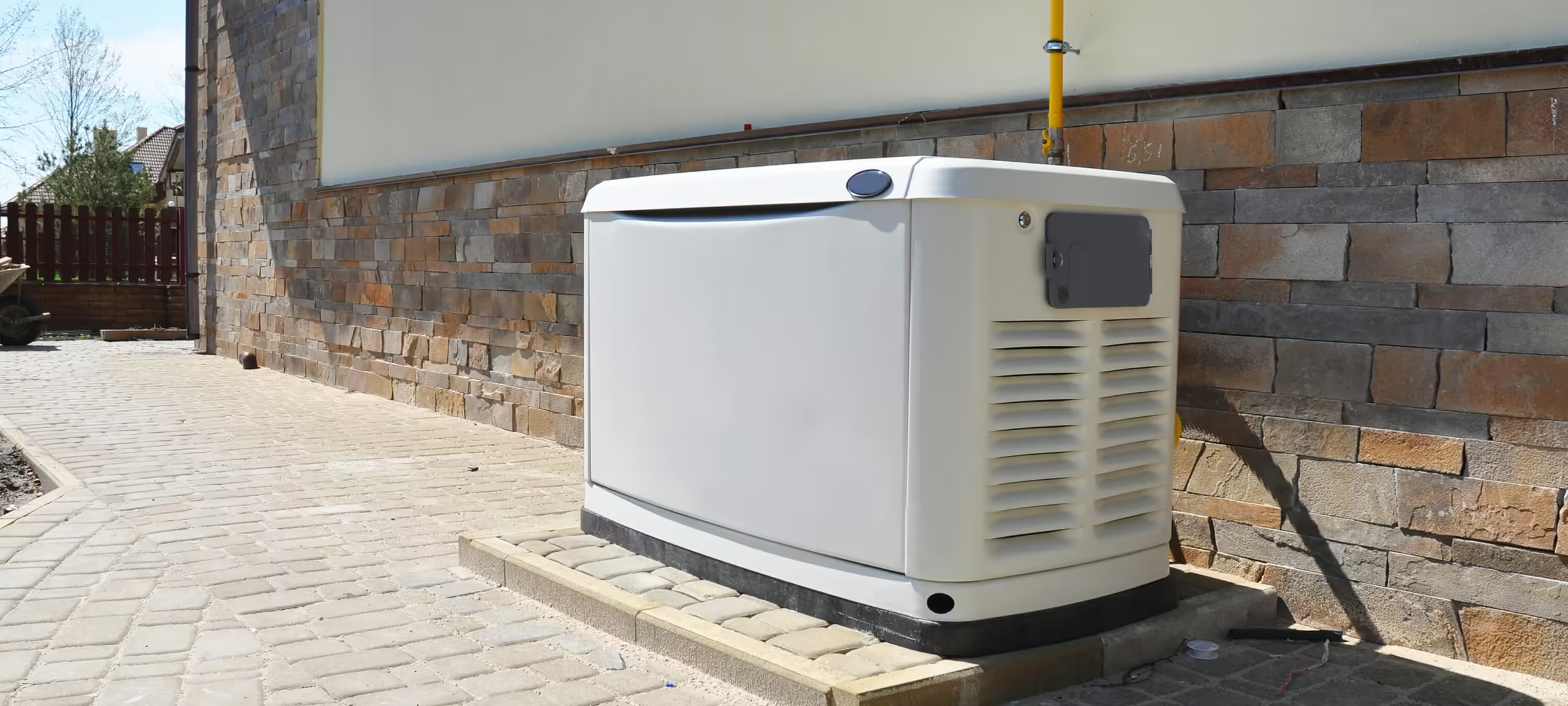 Backup Power Generators
Backup Power Generators Lake County Insulation
Lake County Insulation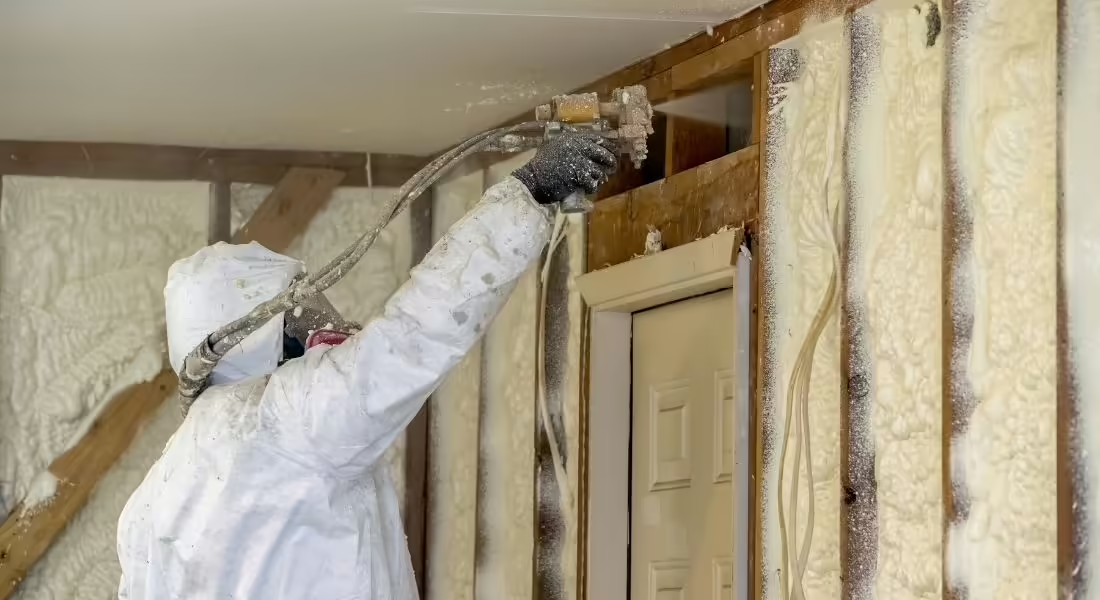 Spray Foam Insulation Guides
Spray Foam Insulation Guides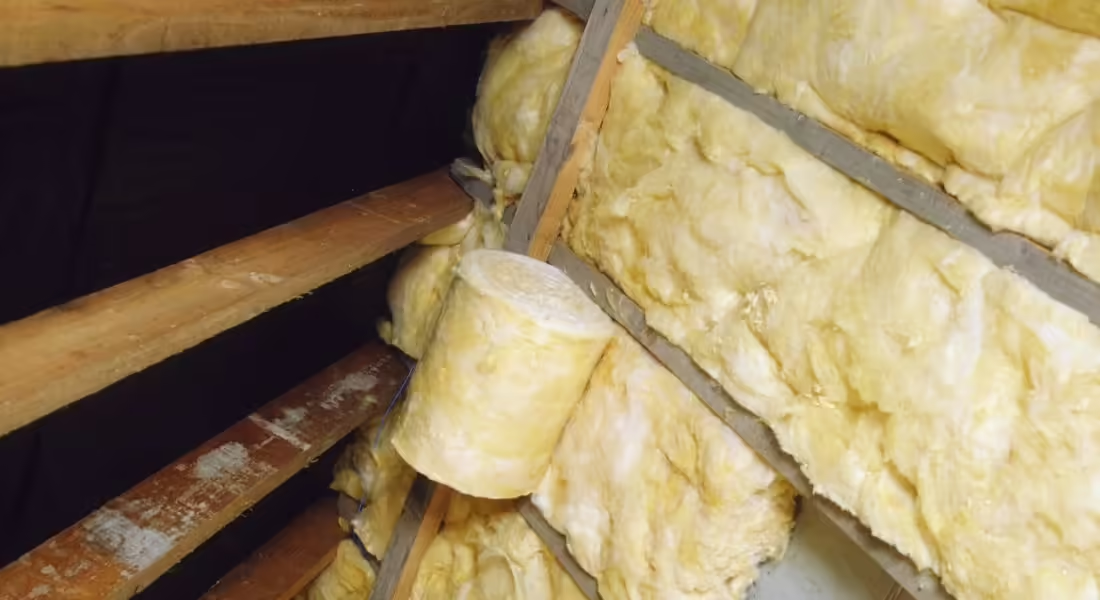 Insulation Guide
Insulation Guide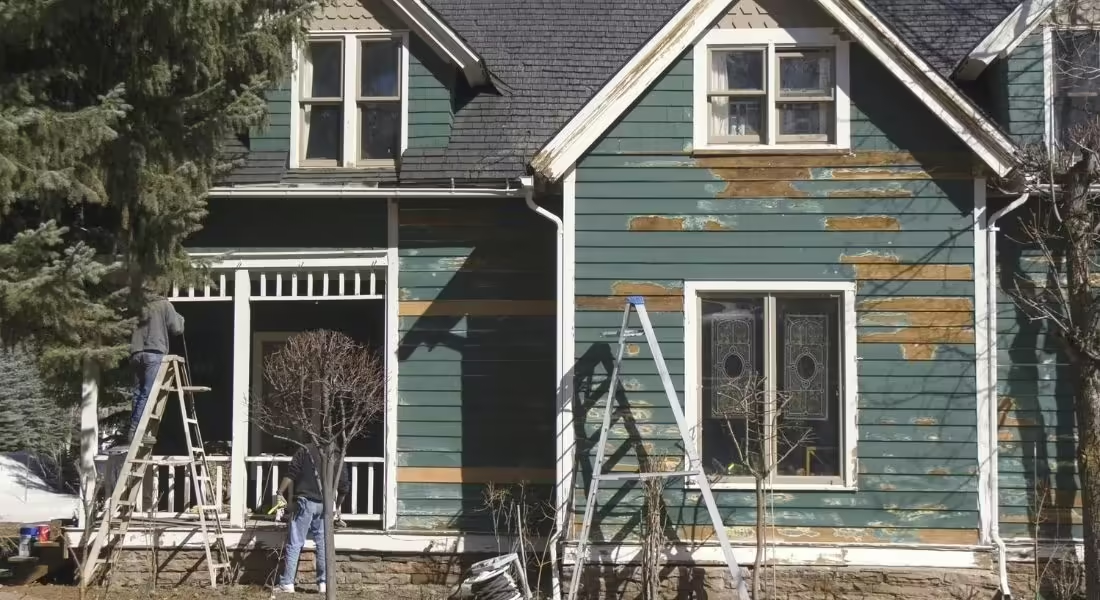 Home Improvement & Maintenance Guide
Home Improvement & Maintenance Guide